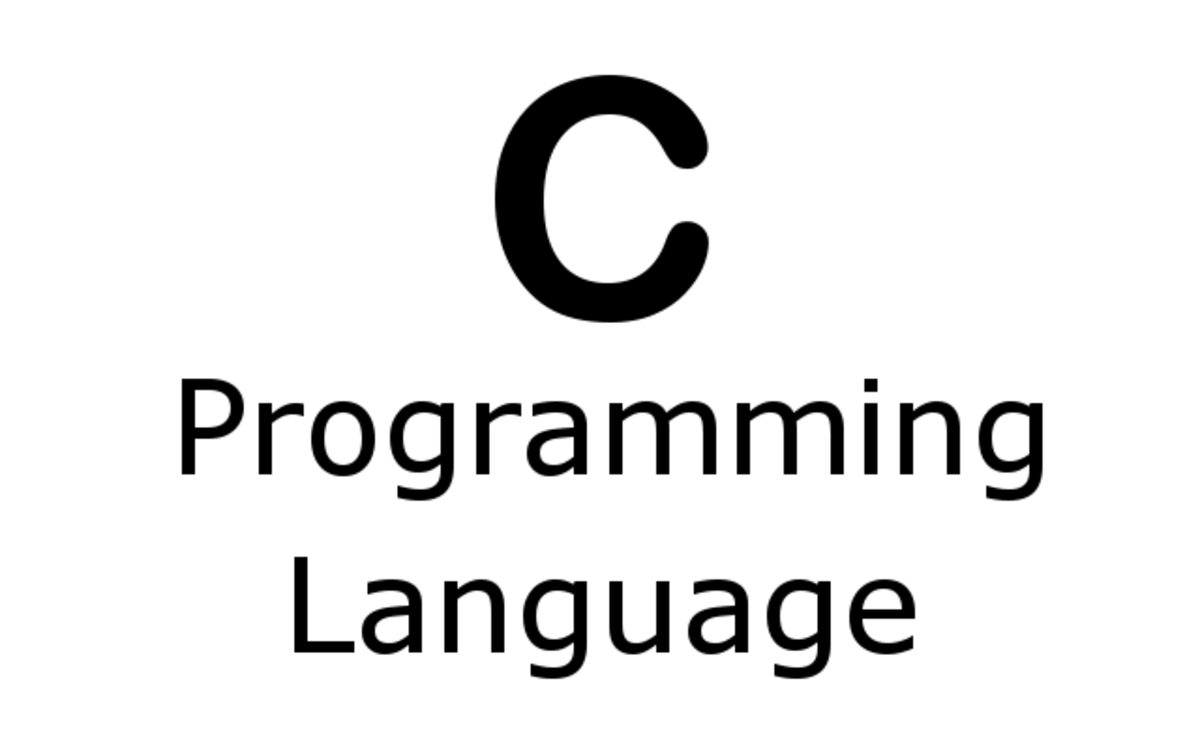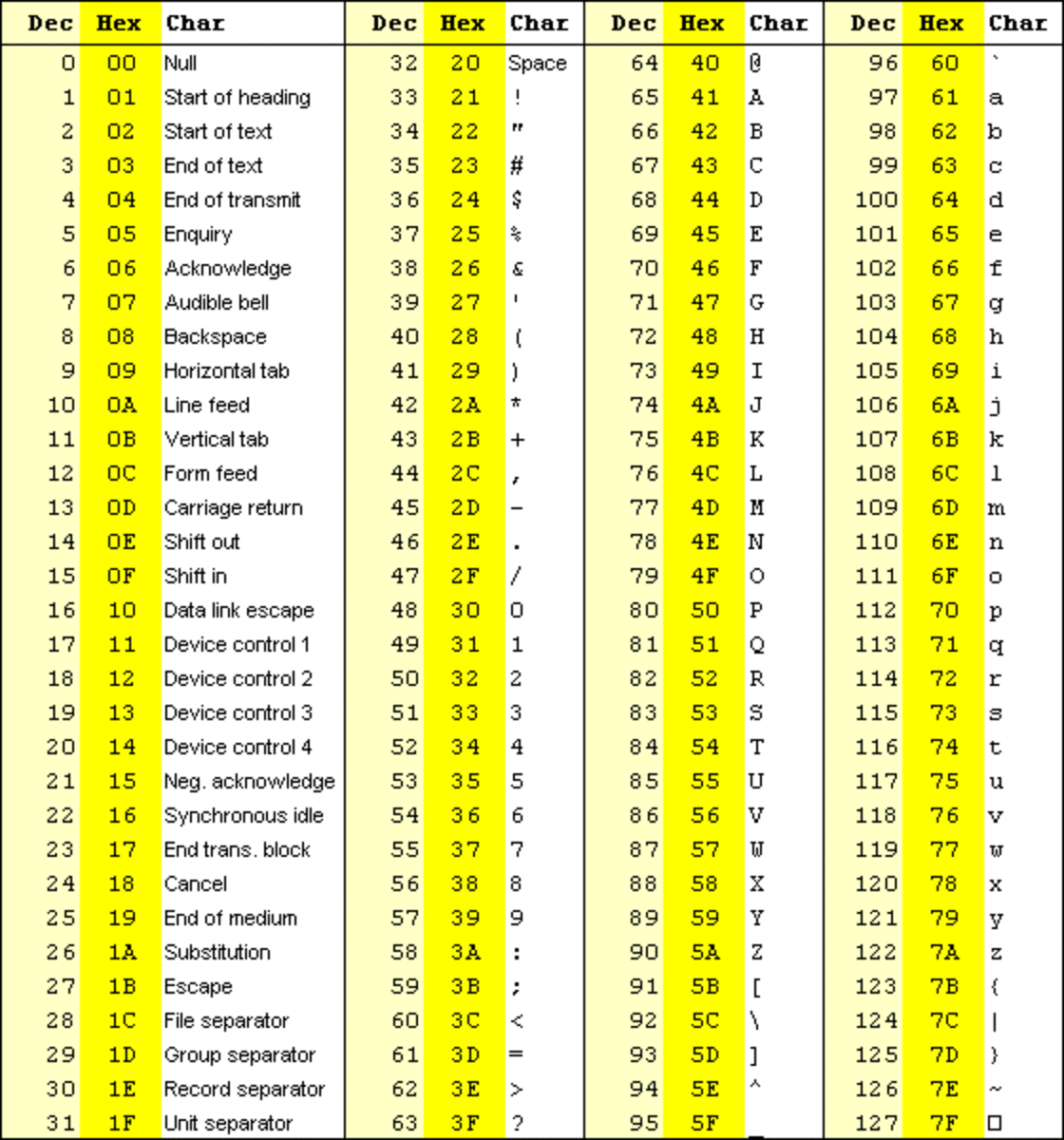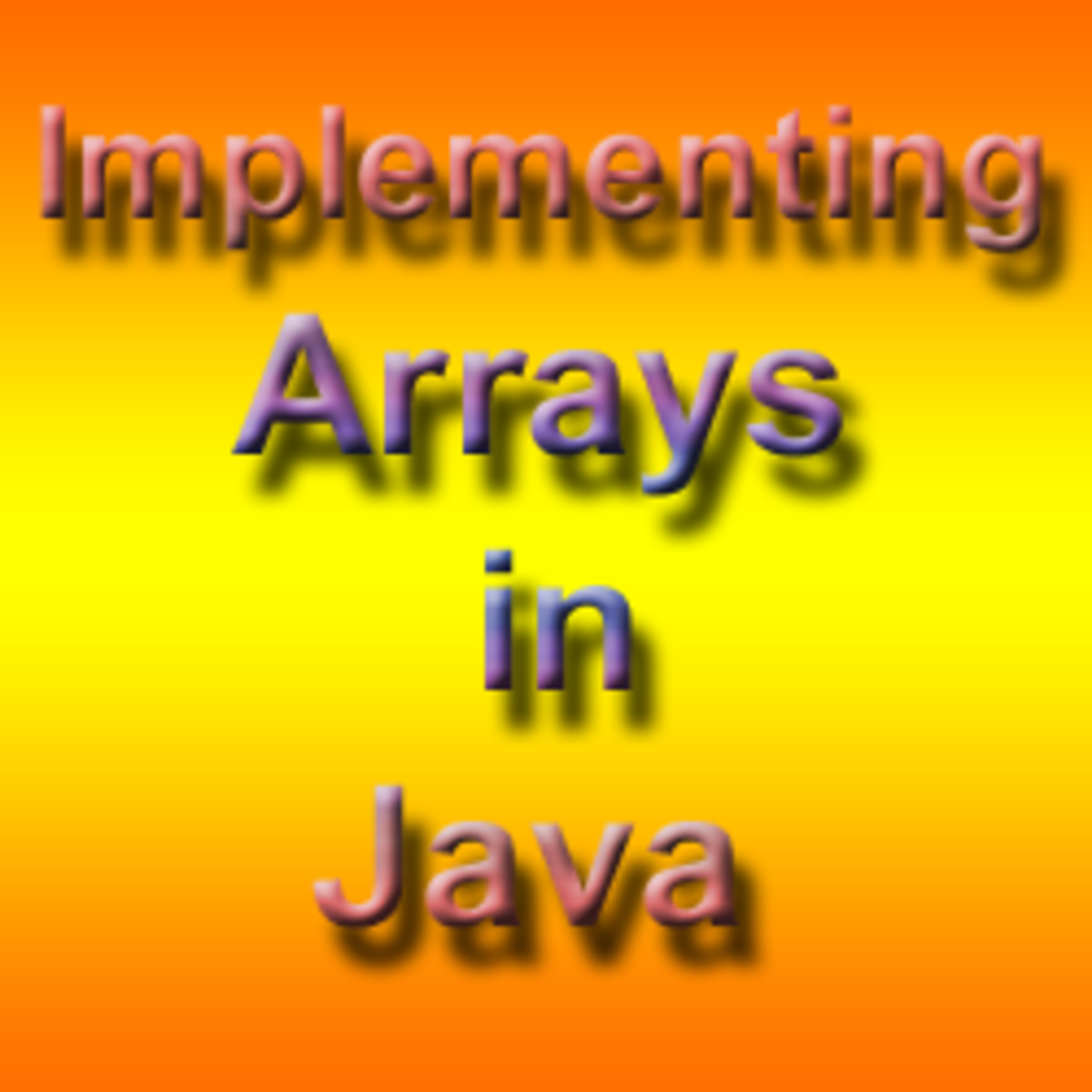- HubPages»
- Technology»
- Computers & Software»
- Computer Science & Programming»
- Programming Languages
MIPS Assembly Language
MIPS (Microprocessor without Interlocked Pipeline Stages) is an assembly language that has been in use since 1964. It is helpful to understand the definition of an assembly language before delving into the specifics of MIPS.
According to the Merriam-Webster Dictionary, an assembly language "consists of instructions that are mnemonic codes for corresponding machine language instructions." For the layperson and perhaps even for some programmers, that definition is, unfortunately, as clear as mud. In the textbook Programmed Introduction to MIPS Assembly Language, Bradley Kjell explains further:
"In pure assembly language one assembly language statement corresponds to one basic operation of the processor. When a programmer writes in assembly language the programmer is asking for the basic operations of the processor."
The Concise Encyclopedia offers an explanation of how an assembly language might be utilized to make the job of a programmer easier:
"Some assembly languages can be used to convert the code that programmers write (source code) into machine language (readable by the computer), and have functions to facilitate programming (e.g., by combining a sequence of several instructions into one entity).....Pure assembly language is rare. Most application programs are written in a high-level language....features are added to it to make it more programmer-friendly."
So, even programmers often do not think about MIPS or any other assembly language, at least until something goes wrong that can be traced back to that source. However, programmers who want more control of more code and/or to be able to troubleshoot assembly language issues might take an interest in assembly languages and thus learn MIPS. Programmers who do have an understanding of assembly languages have a professional advantage as computer scientists, since assembly languages are not a commonly acquired skill.
MIPS is a reduced instruction set computer (RISC) instruction set architecture. Again, some explanation is needed to understand what this means. A simplified definition of instruction set architecture is that it is the part of the computer's architecture that relates to programming. RISC is a strategy for CPU design that rests on the principle that simpler instructions offer better performance than complex instructions as long as the simplified instructions provide much faster execution of each instruction. The architecture of MIPS is load-store, which means that only load and store instructions access memory.
As mentioned previously, programmers who know how to code in MIPS enjoy complete control over their code. Other pros include being able to create code that is perfectly optimized to a specific hardware setup, the ability to produce code as a work-around for hardware and software difficulties as needed, and being able to build interfaces between code fragments by breaking otherwise unbreakable rules.
Documented idiosyncrasies of MIPS include bugs that are tough to track down and thus take more time to fix, inherent complexity that makes the code difficult to understand and modify, and the fact that writing in it is a tedious process. Programmers who write in MIPS will also spend more time on the small details of writing the code versus algorithmic design. It is best to select a particular algorithmic design and stick with it when customizing code, because even a small change in design could invalidate the existing code, necessitating a complete rewrite.
assembly language. 2014. In Merriam-Webster.com. Retrieved April 9, 2014, from http://www.merriam-webster.com/dictionary/assembly%20language
assembly language. 2014. In Concise Encyclopedia. Retrieved April 9, 2014, from http://www.merriam-webster.com/dictionary/assembly%20language
Kjell, B. (2007). computer architecture and assembly language. Programmed Introduction to MIPS Assembly Language. Retrieved from http://chortle.ccsu.edu/AssemblyTutorial/Chapter-01/ass01_1.html
Kjell, B. (2007). mips programming model. Programmed Introduction to MIPS Assembly Language. Retrieved from http://chortle.ccsu.edu/AssemblyTutorial/Chapter-10/ass10_1.html
Larus, J. (undated PDF). mips r2000 assembly language. Assemblers, Linkers, and the SPIM Simulator, A-45. Retrieved from http://pages.cs.wisc.edu/~larus/HP_AppA.pdf
Noordergraaf, L. (2013). pros and cons. Linux Assembly HowTo, 2.1. Retrieved from http://www.tldp.org/HOWTO/html_single/Assembly-HOWTO/







